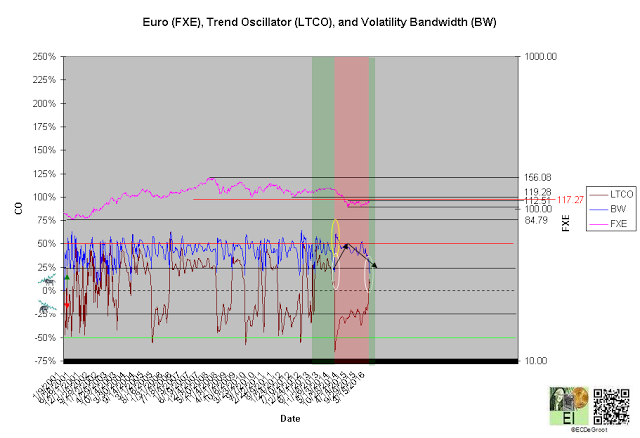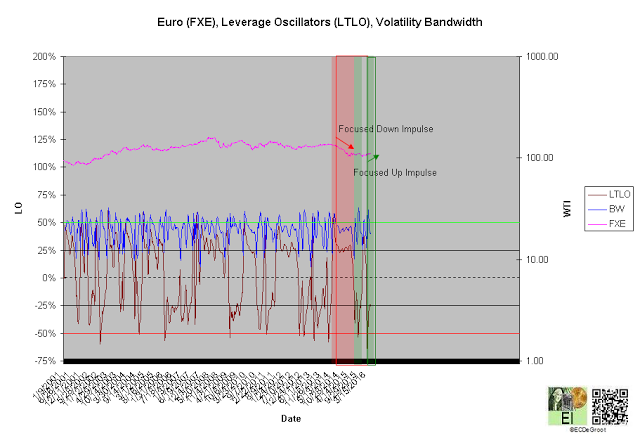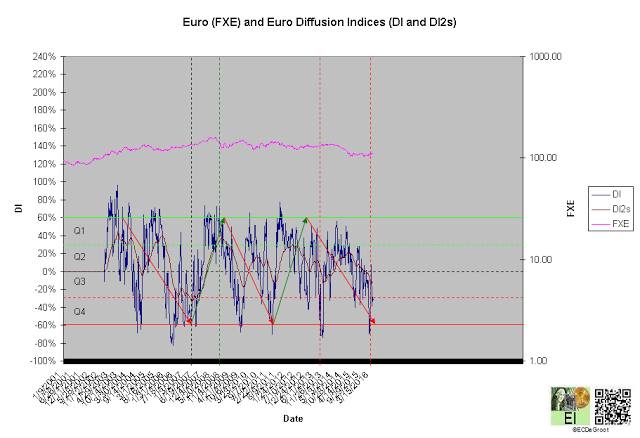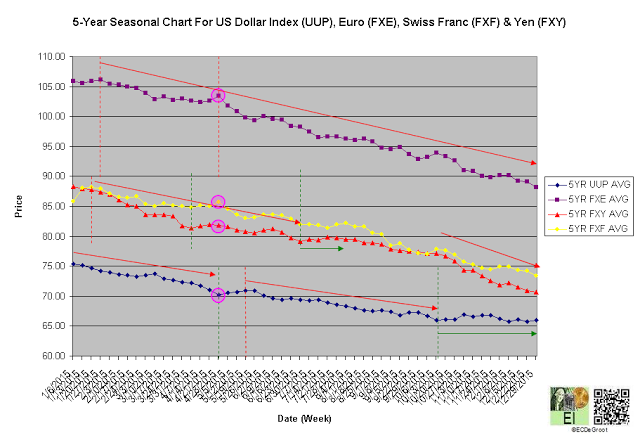Traders chasing the Euro's bounce should be listening to the message of the market rather than bullish headlines that marginalize the consequences of Greek or any other EU member default.
According to the Irish Times, EU said to consider plan for Greece in event of Euro exit, Euro leaders view a Greek withdrawal as politically and economically 'containable'.
European officials are considering mechanisms to ring fence Greece both politically and economically in the event of a euro breakup, in order to shield the rest of the currency bloc from the fallout, one of the people said.
The Euro's structural flaws make shielding the euro zone from a broader contagion a pipe dream supported by opinions rather than the message of the market. If any EU member, including Greece, exits, devalues, and begins to recover economically, higher-profile members will be pressured to follow as the business cycle transitions from prosperity to liquidation in 2016. A major euro zone panic is only a matter of economic activity, confidence, and time without meaningful structural changes. Implementation of changes is already proving difficult for a union grappling with political inertia and an evolving social movement from cooperation/(trust) to separation/(distrust) (1,2,3).
At this point, the majority is not interested in the Euro or potential trouble within the euro zone. Grexit and/or immigration crisis, events positioned as containable through laws and rules implemented by leaders lacking skills in practical economics, will struggle to find solutions. Smart money is watching for a reversal in the U.S. Dollar to signal trouble ahead.
Investors, largely driven by emotions rather than discipline, tend to focus on volatility rather than the message of the market. This tendency prevents them from recognizing better opportunities in quieter markets.
Insights constructs and interprets the message of the market, the flow of sentiment, price, leverage, and time in order to define trends within the cycle of accumulation and distribution for subscribers.
Please join us.
Summary
The BULL (Price) and BULL (Leverage) trends under Q3 distribution after the seasonal high position the Euro as a focused bull opportunity since the first week of April.
Price
Interactive Charts: Guggenheim CurrencyShares Euro (NYSE:FXE), FXE PF
The long-term trend oscillator (LTCO) defines an up impulse from 111.39 to 109.63 since the first week of April (chart 1). The bulls control the trend until reversed by a bearish crossover. Compression, the final phase of the CEC cycle, generally anticipates this change.
A close above 119.28 jumps the creek and transitions the trend from mark down to cause, while a close below 104.33 breaks the ice and maintains it.
Chart 1
Leverage
The long-term leverage oscillator (LTLO) defines a bull phase since the first week of February (chart 2). This focuses the up impulse (see price).
A diffusion index (DI) of -33% defines Q3 distribution (chart 3). A capitulation index (CAP) of -6% supports this message (chart 4). DI and CAP's trends, broader flows of leverage and sentiment from accumulation to distribution and fear to complacency supporting the bulls (red arrows), should not only continue to extreme concentrations but also restrain upside expectations until reversed (see price). A decline under these trends, a sign of weakness (SOW), would be bearish for Euro longer-term.
Chart 2
Chart 3
Chart 4
Time/Cycle
The 5-year seasonal cycle (purple) defines an upward bias until the fourth week of April (chart 5). This path of least resistance restrains downside expectations (see price).
Chart 5





